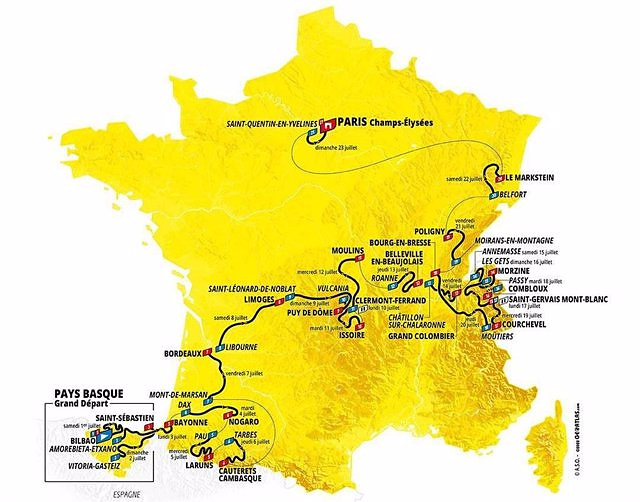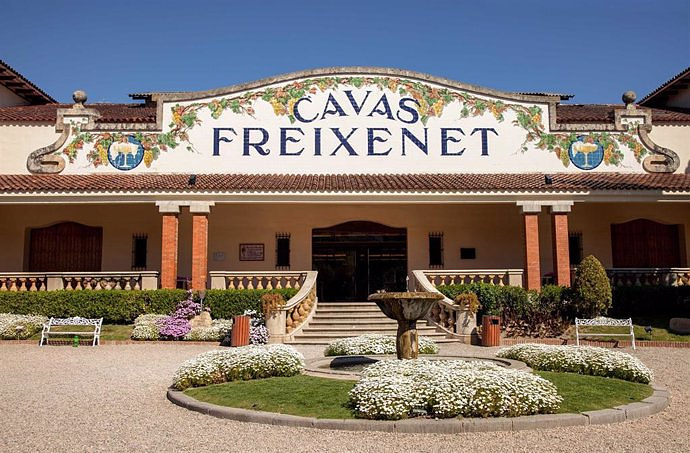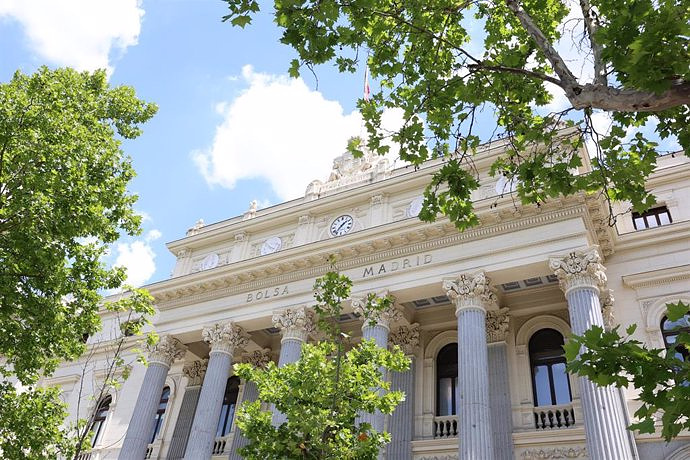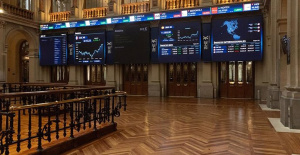MADRID, 30 Jun. (EUROPA PRESS) -
The Tour de France 2023, which starts this Saturday from Bilbao, will give a good opportunity to those runners who defend themselves well in the mountains since there will only be 22 kilometers against the clock on the route, and there will again be a lot of mountain practically from the start. departure, with some notable returns such as the Puy de Dome, myths such as the Tourmalet and new ascents.
The 'Grand Départ' of the Tour will take place for the second time in the Basque Country, after that of San Sebastián in 1992, and for the twenty-fifth time abroad, an outing that will give way to two days in which the applicants must be Be very careful not to get scared.
Thus, the premiere of the race, with start and finish in the Biscayan capital, will have five ports, one of them Pike, located near the finish line, short (2 km) but hard (10 percent), while the second, between Vitoria and San Sebastián, also has five other climbs, including Jaizkibel, known for almost always deciding the Summer Classic ending in Donosti and also in the final section.
The following day, the peloton will leave Amorebieta to head towards France, where the mountains will return in the fifth stage, arriving in the Pyrenees with two hard passes known as Col de Soudet and Col de la Marie-Blanque. In the sixth, the first big mountainous day with the Aspin, the colossus Tourmalet and the first of the four mountaintop finishes, in Cauterets, first class, although not excessively hard.
Three days later, another great day in the Pyrenees prior to the first day of rest with the finish at the Puy de Dome, a special category that returns to the 'Grande Boucle' 35 years later with its more than 13 kilometers and medium ramps above the seven percent, although in the decisive section the average of the slope is close to 12.
After the break, stages for sprinters and 'adventurers' up to the thirteenth, short (138 km) and ending at the Grand Colombier, in a special category. Then, another two demanding days, the first, with five climbs, including the Col de la Joux de Plane, also in a special category and whose descent will take the runners to the finish line, and the next, with a hilltop finish, in Saint-Gervais Mont Blanc, top notch.
Afterwards, the peloton will enjoy their second day of rest before facing the final and, normally, decisive week, which will begin with the only time trial of this edition, of just over 22 kilometres. From there, prominence for the Alps with the end the next day in Courchevel, after the ascent of almost 30 kilometers to the Col de la Loze, with sections of 24 percent on the way to the top. With its 2,304 meters, it will be the highest point of this edition.
Then, two days of some rest to recover strength for the presumably last 'battle', in the penultimate stage ending at Le Markstein Fellering, with six ports to decide the winner and the podium before the triumphant ride to the Champs Elysées.
In total, of these 21 stages of the Tour, eight will be flat, four medium-mountain and eight high-mountain, with four high-altitude finishes (Cauterets-Cambasque, Puy de Dome, Grand Colombier and Saint-Gervais Mont-Blanc). .

 Exploring Cardano: Inner Workings and Advantages of this Cryptocurrency
Exploring Cardano: Inner Workings and Advantages of this Cryptocurrency Seville.- Economy.- Innova.- STSA inaugurates its new painting and sealing hangar in San Pablo, for 18 million
Seville.- Economy.- Innova.- STSA inaugurates its new painting and sealing hangar in San Pablo, for 18 million Innova.- More than 300 volunteers join the Andalucía Compromiso Digital network in one month to facilitate access to ICT
Innova.- More than 300 volunteers join the Andalucía Compromiso Digital network in one month to facilitate access to ICT Innova.-AMP.- Ayesa acquires 51% of Sadiel, which will create new technological engineering products and expand markets
Innova.-AMP.- Ayesa acquires 51% of Sadiel, which will create new technological engineering products and expand markets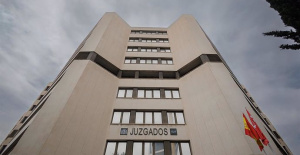 The judge who admitted the complaint of Clean Hands against Begoña Gómez interrogates two media officials this Friday
The judge who admitted the complaint of Clean Hands against Begoña Gómez interrogates two media officials this Friday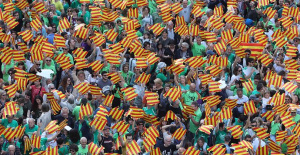 Thousands of people in Palma demand to defend Catalan against the "involutionary policies" of "a fanatical minority"
Thousands of people in Palma demand to defend Catalan against the "involutionary policies" of "a fanatical minority"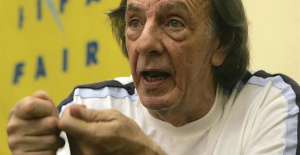 Menotti, maestro of Argentine football since the 1978 World Cup, dies
Menotti, maestro of Argentine football since the 1978 World Cup, dies The amnesty faces its final stretch in the Senate with the question of whether it will be voted this week or after the Catalan elections.
The amnesty faces its final stretch in the Senate with the question of whether it will be voted this week or after the Catalan elections. How Blockchain in being used to shape the future
How Blockchain in being used to shape the future Not just BTC and ETH: Here Are Some More Interesting Coins Worth Focusing on
Not just BTC and ETH: Here Are Some More Interesting Coins Worth Focusing on A sensor system obtains the fingerprint of essential oils and detects if they have been adulterated
A sensor system obtains the fingerprint of essential oils and detects if they have been adulterated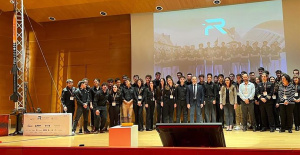 Faraday UPV presents the 'Origin' rocket to exceed 10 km of flight: "It is the beginning of the journey to space"
Faraday UPV presents the 'Origin' rocket to exceed 10 km of flight: "It is the beginning of the journey to space" The Generalitat calls for aid worth 4 million to promote innovation projects in municipalities
The Generalitat calls for aid worth 4 million to promote innovation projects in municipalities UPV students design an app that helps improve the ventilation of homes in the face of high temperatures
UPV students design an app that helps improve the ventilation of homes in the face of high temperatures A million people demonstrate in France against Macron's pension reform
A million people demonstrate in France against Macron's pension reform Russia launches several missiles against "critical infrastructure" in the city of Zaporizhia
Russia launches several missiles against "critical infrastructure" in the city of Zaporizhia A "procession" remembers the dead of the Calabria shipwreck as bodies continue to wash up on the shore
A "procession" remembers the dead of the Calabria shipwreck as bodies continue to wash up on the shore Prison sentences handed down for three prominent Hong Kong pro-democracy activists
Prison sentences handed down for three prominent Hong Kong pro-democracy activists ETH continues to leave trading platforms, Ethereum balance on exchanges lowest in 3 years
ETH continues to leave trading platforms, Ethereum balance on exchanges lowest in 3 years Investors invest $450 million in Consensys, Ethereum incubator now valued at $7 billion
Investors invest $450 million in Consensys, Ethereum incubator now valued at $7 billion Alchemy Integrates Ethereum L2 Product Starknet to Enhance Web3 Scalability at a Price 100x Lower Than L1 Fees
Alchemy Integrates Ethereum L2 Product Starknet to Enhance Web3 Scalability at a Price 100x Lower Than L1 Fees Mining Report: Bitcoin's Electricity Consumption Declines by 25% in Q1 2022
Mining Report: Bitcoin's Electricity Consumption Declines by 25% in Q1 2022 Oil-to-Bitcoin Mining Firm Crusoe Energy Systems Raised $505 Million
Oil-to-Bitcoin Mining Firm Crusoe Energy Systems Raised $505 Million Microbt reveals the latest Bitcoin mining rigs -- Machines produce up to 126 TH/s with custom 5nm chip design
Microbt reveals the latest Bitcoin mining rigs -- Machines produce up to 126 TH/s with custom 5nm chip design Bitcoin's Mining Difficulty Hits a Lifetime High, With More Than 90% of BTC Supply Issued
Bitcoin's Mining Difficulty Hits a Lifetime High, With More Than 90% of BTC Supply Issued The Biggest Movers are Near, EOS, and RUNE during Friday's Selloff
The Biggest Movers are Near, EOS, and RUNE during Friday's Selloff Global Markets Spooked by a Hawkish Fed and Covid, Stocks and Crypto Gain After Musk Buys Twitter
Global Markets Spooked by a Hawkish Fed and Covid, Stocks and Crypto Gain After Musk Buys Twitter Bitso to offset carbon emissions from the Trading Platform's ERC20, ETH, and BTC Transactions
Bitso to offset carbon emissions from the Trading Platform's ERC20, ETH, and BTC Transactions Draftkings Announces 2022 College Hoops NFT Selection for March Madness
Draftkings Announces 2022 College Hoops NFT Selection for March Madness